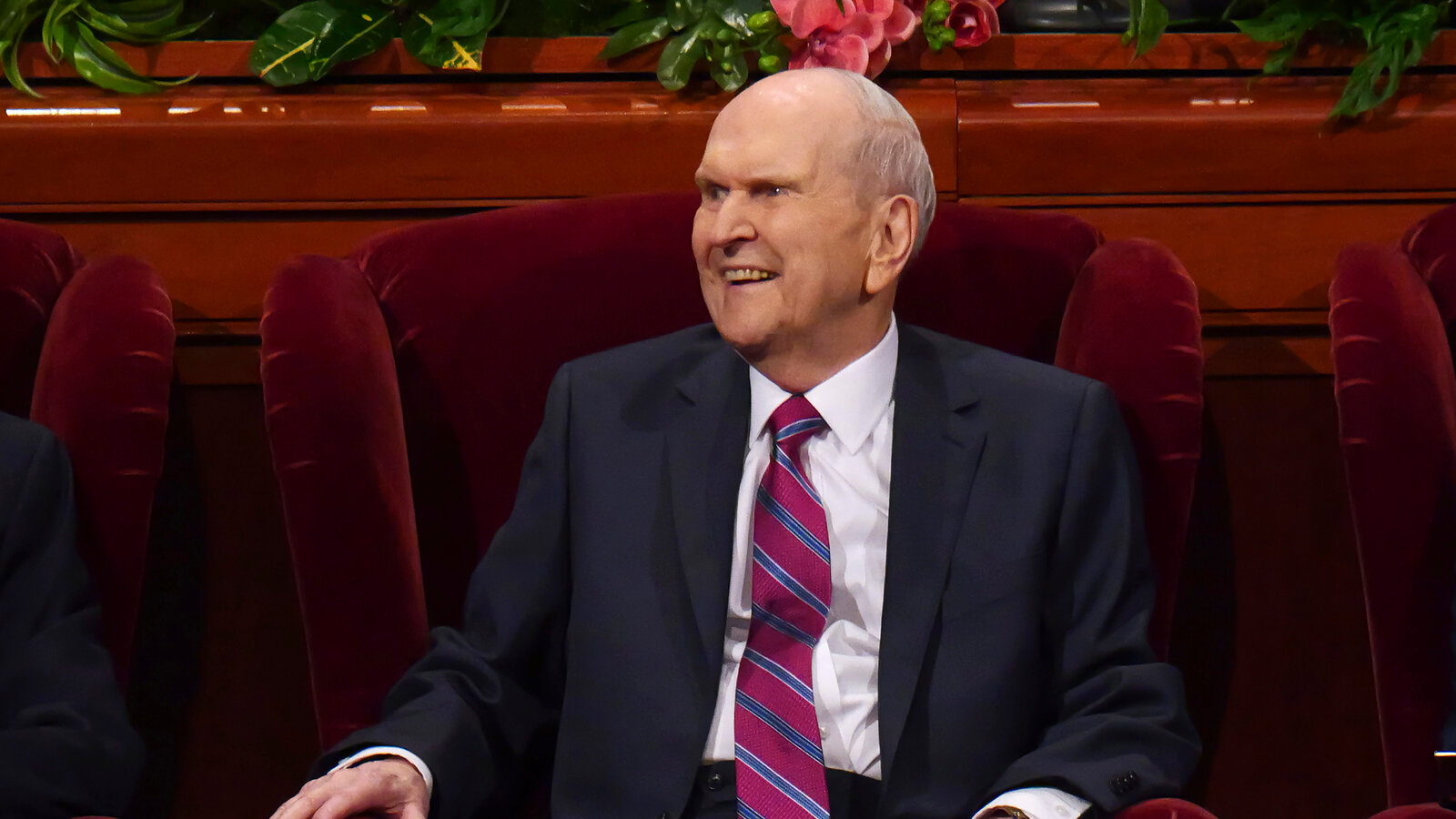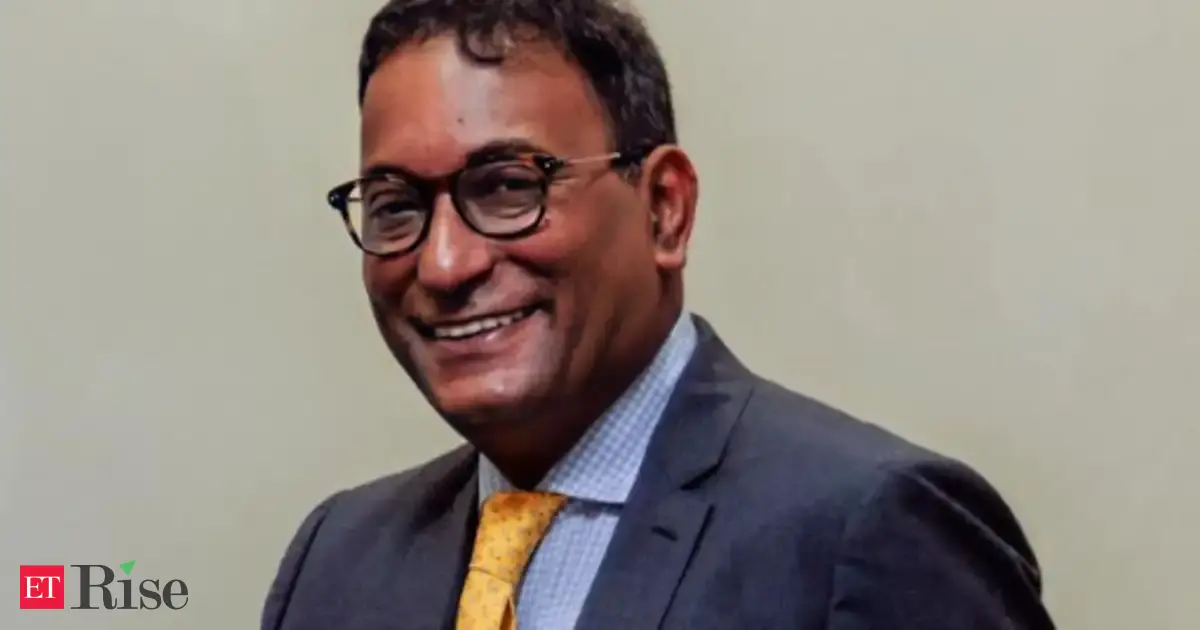By Enrique Garcia
Copyright tribune

When carmakers talk about new technology that can “see everything on the road,” I smile. In the Philippines, everything on the road can mean a street vendor carrying his merchandise or a delivery rider cutting across traffic. Good luck to any system trying to sort that out.Driver-assist features now come with big promises. Some brands call them by names that sound divine, such as “God’s Eye.” These systems can brake automatically and adjust speed in traffic. Abroad, they are praised for making life easier. On long drives, the car almost feels like a trusted companion. In theory, it is the co-pilot every motorist dreams of.The car monitors the distance ahead and slows down smoothly without you stepping on the pedal. It alerts you when you drift out of your lane. It adapts to the stop-and-go pace of toll gate traffic. For drivers tired of clenched fists on the wheel, this technology feels like a gift.But here comes the Philippine test.. Let’s start with PUVs. They can stop in places where no one expects a stop. Sometimes right after a curve, sometimes in the middle of a busy lane. How would a sensor interpret that?Now add pedestrians. People cross the streets and highways wherever they feel like crossing. The car only sees people on the road, not where they’re going. To the driver, it is instinct, but to the machine, it can be confusing.And then there are all kinds of personal mobility vehicles. They cut through lanes unpredictably, appearing and disappearing before any camera can settle on them. The most advanced system might spend more time flashing alerts than giving a driver peace of mind.We could picture a car that stops for a cat darting across the street. A few meters later, the system notices a wooden cart piled with recyclables. The car pauses again, not knowing if the cart will move forward or slide back. At that point, technology is not just detecting hazards. It is learning the unique rhythm of Philippine streets.That is when you realize that the challenge is not just the sensors being accurate. Sensors need the kind of common sense that only locals develop after years behind the wheel.Ask a tricycle driver and you will hear a simple point. Driving is not simply steering or braking. It also involves scanning the street for passengers and dealing with pedestrians who make eye contact before stepping forward. No machine can copy that instinct. For now.This is not resistance to technology. It is an honest look at how driving works here. It is not only a mechanical task. It is a conversation with people on the street and with the unwritten rules of the road.Still, there is reason for optimism. These systems are not built to replace drivers. They are built to help. Even on our unpredictable roads, a second set of electronic eyes could prevent accidents. A warning when you start to drift or when you get too close can be life-saving.Filipinos adapt quickly. We embraced social media long before the rest of the world caught on. We turned karaoke into a national pastime. With time, we will find our own ways to blend advanced driver-assist features into daily driving. God’s Eye was never meant to replace the eyes of the driver. What keeps everyone safe is not only what the car can see but what the driver chooses to do. Because the most advanced feature is still the one behind the wheel.



